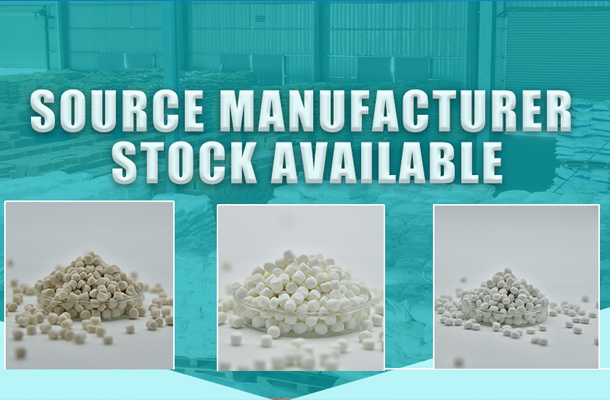Rutile and anatase are two different crystal structures of titanium dioxide (TiO2), which is a widely used white pigment and a versatile material in various applications such as paint, coatings, plastics, sunscreen, and photocatalysis. Here's how rutile titanium dioxide is often considered better than anatase in certain aspects:
Higher Refractive Index: Rutile has a higher refractive index (n ≈ 2.7-2.9) compared to anatase (n ≈ 2.5-2.6). This property makes rutile TiO2 more effective at scattering light, resulting in enhanced opacity and hiding power. It means that less rutile TiO2 is required to achieve the same level of whiteness or coverage in paints and coatings.
Better Weather Resistance: Rutile titanium dioxide is more stable under UV light and weathering conditions. It resists degradation and color change over time, ensuring long-term brightness and durability of the products it's used in, such as exterior paints and plastics exposed to sunlight.
Superior Optical Properties: Rutile TiO2 provides better gloss and color consistency due to its optical properties. This is particularly important in high-quality coatings and finishes where aesthetics are crucial.
Higher Thermal Stability: Rutile titanium dioxide can withstand higher temperatures without altering its structure or properties, making it suitable for applications that involve heat processing, like ceramic glazes and high-temperature coatings.
Enhanced Photocatalytic Activity: Although both forms exhibit photocatalytic properties, rutile is often preferred in specific photocatalytic applications because it can more efficiently catalyze reactions under UV light, leading to better self-cleaning and air purifying properties.
However, it's important to note that anatase also has its advantages. For example, anatase titanium dioxide is known for its higher photocatalytic activity under visible light, making it suitable for certain environmental remediation applications and self-cleaning surfaces. Additionally, anatase is generally less expensive to produce.
The choice between rutile and anatase depends on the specific requirements of the application, with rutile being favored when high durability, weather resistance, and optical properties are paramount.








